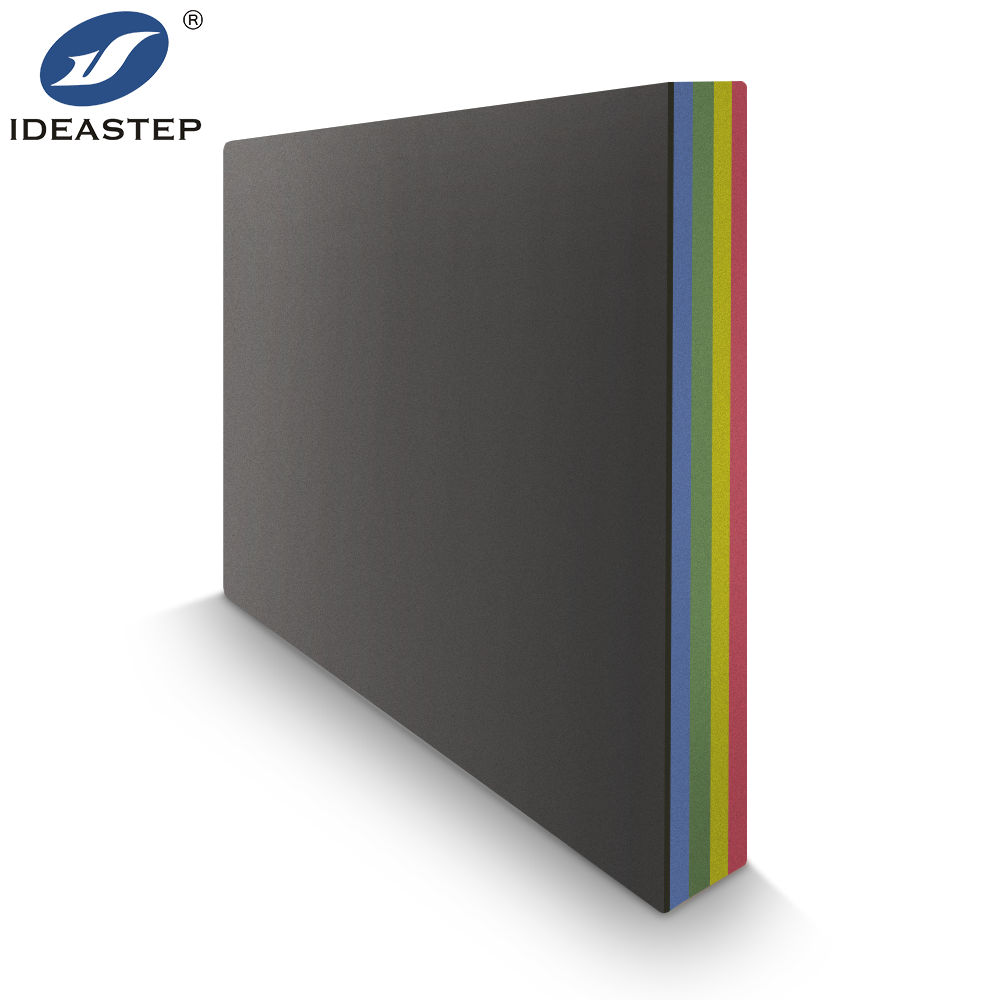Discover the incredible advantages of EVA foam, particularly in the form of eva blocks. Known for its exceptional quality and versatility, EVA foam surpasses other foam materials in various aspects. From its superior shock absorption and cushioning properties to its lightweight and durable nature, EVA foam stands out as the preferred choice for numerous applications. Explore why EVA foam reigns supreme in the world of foam materials.
What are the benefits of EVA foam?
EVA foam offers several advantages due to its unique properties. Firstly, it exhibits excellent UV resistance, making it ideal for outdoor applications where prolonged exposure to sunlight is expected. This feature ensures that the foam retains its color and structural integrity for a longer period.
Secondly, EVA foam has a soft texture that provides exceptional cushioning and shock absorption. This makes it highly suitable for use in various industries, including sports equipment, automotive interiors, and shoes. The foam’s ability to absorb impact effectively reduces the risk of injuries and enhances user comfort.
Additionally, EVA foam boasts low water absorption, which is beneficial in wet or humid environments. This characteristic prevents the foam from becoming waterlogged or deteriorating when exposed to moisture. Consequently, the foam maintains its performance and durability, making it a reliable choice for applications that involve contact with water.
Moreover, EVA foam is highly durable and can withstand rigorous use without losing its shape or structural integrity. This durability is particularly advantageous in industries that require long-lasting and resilient materials, such as packaging, construction, and marine applications.

Furthermore, EVA foam is easily moldable into different shapes and sizes, allowing for versatile applications. This flexibility enables manufacturers to create customized products that meet specific requirements.
Lastly, EVA foam exhibits impressive properties, including chemical resistance and insulation in extreme temperatures. Its resistance to various chemicals makes it suitable for applications where exposure to corrosive substances is expected. Additionally, the foam’s insulation capabilities allow it to maintain its performance even in extreme hot or cold conditions.
In summary, EVA foam offers a range of advantages, including UV resistance, cushioning and shock absorption, low water absorption, durability, moldability, and impressive properties such as chemical resistance and insulation. These qualities make EVA foam a versatile and reliable material for numerous industries and applications.
Could you please explain the meaning of a fishing rod blank?
A fishing rod blank refers to the solid, tubular sections of a fishing rod that do not have any attachments, such as guides, reel seats, or handles. These blanks are the foundation of a fishing rod, providing the structure and flexibility needed for successful angling.
One key aspect of fishing rod blanks is the material they are made from. The most common materials used for blanks are fiberglass, graphite (also known as carbon fiber), or a combination of both. Fiberglass blanks are known for their durability and strength, making them suitable for heavy-duty fishing and resisting the elements. On the other hand, graphite blanks are lightweight and offer excellent sensitivity, making them ideal for detecting subtle bites and enhancing the angler’s ability to feel the movements of the fish.
The choice of material for a fishing rod blank depends on the type of fishing and personal preference. Anglers who target large game fish or fish in harsh conditions may opt for fiberglass blanks due to their ruggedness. Meanwhile, those who focus on finesse fishing or require a more sensitive rod may lean towards graphite blanks.
Another consideration when selecting a fishing rod blank is its action. The action of a blank refers to how it bends and flexes when pressure is applied. Blanks can have different actions, such as fast, medium, or slow, which affect the rod’s performance and suitability for specific fishing techniques. Fast action blanks bend mostly at the tip, allowing for quick hook sets and long casting distances. Medium and slow action blanks bend more gradually throughout the length, providing a more forgiving and delicate presentation.
In summary, fishing rod blanks are the solid, tubular sections of a fishing rod without any attachments. They are typically made from materials like fiberglass, graphite, or a combination of both. The choice of material and action of a blank depends on the fishing style and personal preference. By understanding the characteristics of fishing rod blanks, anglers can select the right rod for their specific fishing needs and enhance their overall fishing experience.